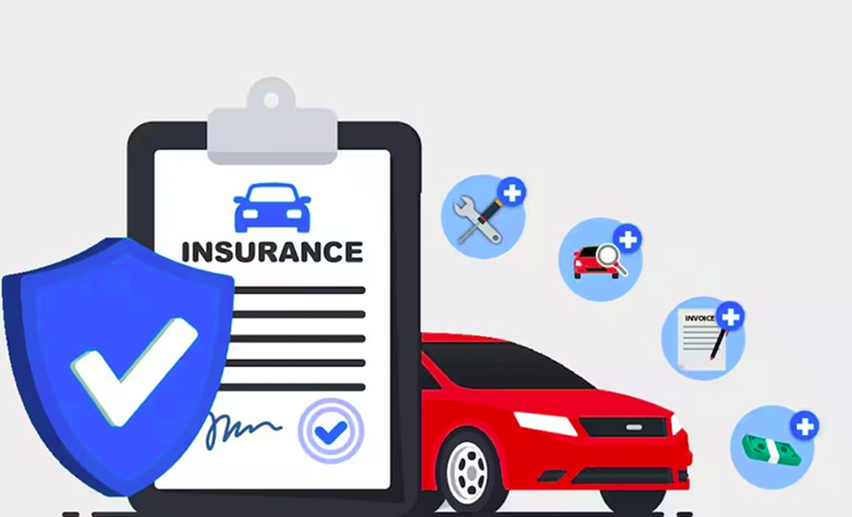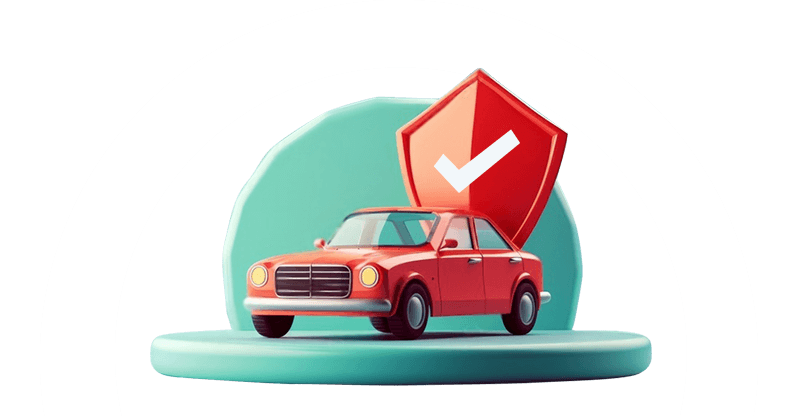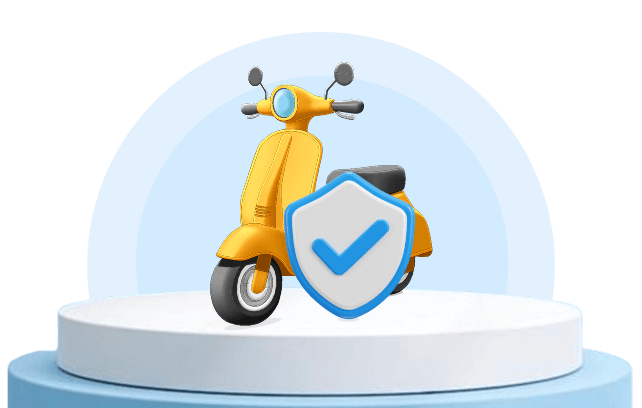
Owning a car is an experience in itself. First, the whole hassle of selecting the most appropriate car model which followed by ensuring everything fits well into your budget. Here, one needs to remember that the cost of car ownership isn’t limited to the price of the vehicle but goes beyond; for instance, you need to take into consideration the cost of fuel, maintenance, registration & licensing fees, repair/replacement, insurance, etc.
While all of the above car ownership costs are common for every Filipino car owner, there’s one that’s not, i.e., the cost associated with car accessories. If you are someone who likes to give a personalized touch to your belongings (like your car), making them well-suited to your style and needs, then this article is for you. Why? Well, in this article, we’ll be exploring everything related to car accessories and insurance.
For instance, if anything bad happens to your beloved ride (accident, theft, damage due to fire, riot, or natural disaster), while the car insurance will take care of most expenses, will it cover the accessories?
Continue reading and find answers to all the questions related to car insurance and car accessories. But before moving to the more complex matters, first get the basics right, i.e., what does a standard car insurance policy cover in the Philippines?
Car insurance coverage in the Philippines - An overview
In the Philippines, a standard car insurance policy includes the following -
Compulsory Third Party Liability (CTPL) Insurance: This one is mandatory for all car owners in the country and covers bodily injuries and/or death of a third party (including passengers, pedestrians, and other drivers) involved in a car accident with your vehicle. It typically includes an annual registration fee paid to the LTO.
Comprehensive Car Insurance: Though optional, this one is a highly recommended policy for car owners as it offers a wide range of coverage, including -
- Own damage coverage - It offers protection against damages or loss to the vehicle due to fire, theft, or accidents. Note, this particular coverage is subject to a deductible (it refers to the amount you need to pay from your pocket before insurance coverage kicks in).
- Acts of god/nature coverage - It offers protection to the vehicle against damages or loss caused due to natural disasters like floods, typhoons, earthquakes, landslides, volcanic eruptions etc. Note that not all insurance providers offer this coverage; make sure to check with your provider.
- Personal accident coverage - In the event of an accident, this coverage protects the driver and passenger of the insured vehicle. It covers medical expenses, accidental death benefits, and disability benefits.
- Acts of malicious mischief coverage - It protects the insured vehicle against intentional damage like vandalism, keying, and other malicious acts like riots, civil commotion, and strikes.
- Roadside assistance - This comes in handy when the insured vehicle breaks down on the road. It often includes services like towing, jump-starting, and fuel delivery.
- Loss of use coverage - This coverage provides reimbursement in the event you rent a replacement vehicle while the insured unit is either out for repair (due to an accident) or subjected to theft or other covered event.
Note, all the above-mentioned comprehensive coverages are optional, and their limits may vary depending on the insurance provider. Further, we’d suggest carefully reviewing the policy and consulting with your agent/provider to determine that you have the coverage you require to protect you and your car.
Car accessories & insurance
What is a car accessory?
It can refer to anything or item that enhances the functionality, comfort, performance, and appearance of the vehicle. It goes beyond the standard car parts.
 Photo from autoaid
Photo from autoaidTypes of car accessories
Car accessories are classified as follows: Electric and Non-Electric. The former includes fittings like AC, music systems, fog lights, expensive displays, etc. The latter refers to items like alloy wheels, seat covers, interior fittings, etc.
A few examples of car accessories -
- Exterior: Alloy wheels, mud flaps, chrome trim, sun visors
- Interior: Seat covers, floor mats, steering wheel cover, cup holder
- Technology: Car stereos, dashcams, sunroof, head unit
- Safety: Horns, towbars, centre locking, airbags
What about insurance?
Unfortunately, a standard car insurance policy in the Philippines does not offer coverage for additional, expensive accessories that a car owner has installed. They are not even covered under comprehensive insurance.
Still want to get your expensive car accessories covered? Here’s what you need to do -
- List all the additional accessories in your vehicle to your insurance provider.
- Your insurance provider will provide necessary policy endorsements that will be attached to your existing auto insurance policy.
- You will now be required to pay an extra premium whose value will depend on the accessories' worth.
Note, the cost of the premium is based on what accessories you want to cover. Also, powerful engines, injection systems, and performance-boosting systems are complicated and expensive to insure, therefore, it’s better to contact your insurance provider and figure out a deal.
 Photo from ETAuto
Photo from ETAutoImportance of accessories insurance coverage
We’d highly recommend you add a special endorsement for high-value accessories in your car. Here’s why -
- It will prevent you from financial loss.
- It offers immense peace of mind.
- Without proper insurance coverage, you might be burdened with the cost of replacing or repurchasing the accessories.
Note that if you reside or regularly visit areas prone to theft or natural disasters, you must get all the expensive accessories in your car covered. No matter the additional premium, nothing compares to the peace of mind you’ll experience.
Car parts & insurance
What about auto parts repair? Is it covered by a standard car insurance policy? To understand this, you first need to understand OEM (original equipment manufacturer) parts and aftermarket parts.
OEM Parts
The original equipment manufacturer parts are produced by the car’s original manufacturer. Engineered specifically for a particular make and model, they are the exact parts for your vehicle. Thus making them the ideal replacement when the original part gets damaged.
| Advantages | Disadvantages |
| Quality assurance: It is the best fit for your car. | Original equipment is expensive. |
| Easier selection: No need to assess & select a brand to choose from, as the part is made by a specific manufacturer. | The availability is limited; not found at local auto shops or mechanics. |
| Comes with a warranty. | Sometimes on par with aftermarket parts in terms of quality (which are cheaper). |
Aftermarket parts & accessories
Also known as generic or non-OEM parts, unlike OEM parts, they are not produced by the car’s original manufacturer. They are usually produced by third-party manufacturers, and they are usually cheaper than OEM parts unless custom-made by a well-known manufacturer. They are usually used as a replacement for the damaged original part.
| Advantages | Disadvantages |
| Less expensive compared to OEM parts. | Low-quality material: Although contradicting to the advantage, some manufacturers use low-grade raw material. |
| Good quality: Some companies work on the weakness of OEM parts and launch a better part. | No warranty. |
| Many options to choose from. | Without the right knowledge, you might get lost in the large pool of choices, again contradicting, but it’s a fact. |
| Easy accessibility: These can be purchased from nearby auto shops, local mechanics, etc |
What about insurance? While OEM parts are mostly covered under the standard car insurance policy, aftermarket parts are a bit tricky. While it is a good idea to reveal the inclusion of the latter to your insurer and discuss the coverage possibility, you must know some parts that won’t get coverage. The list includes -
| Aftermarket parts | Purpose | Coverage |
| Catalytic converter | Situated underneath the car, it converts harmful chemicals in the vehicle exhaust into harmless gases before being expelled via the tailpipe. | Aftermarket units are usually not insured. The installation is quite complex and not as durable as OEM catalytic converters. |
| Alternators | Situated usually near the car’s engine, an alternator is driven by the crankshaft. It generates power for all electric parts in the car. | Aftermarket alternators are often not as reliable as their OEM counterparts, so not insured. |
| Radiator | The radiator works towards keeping the engine within its optimal operating temperature. It releases the heat absorbed into the air before recirculating the coolant back into the engine. | Some insurance policies don’t cover radiators anymore, while others only cover aluminium or copper radiators. |
| Fuel pump | It is a crucial component of the car’s fuel delivery system and supplies pressure to fuel injectors. It houses the fuel filter, which contains fuel level sensors. | Due to its high replacement cost, a fuel pump is usually not included in insurance policies. |
Bottom line
It doesn’t matter how good or careful a driver you are; accidents or unforeseen events are not always under your control. An insurance policy with optimal coverage is your best bet against such situations. However, when shopping around for an auto insurance policy, make sure to go with the one that offers the most comprehensive coverage - this will shield you against unforeseen financial burdens and protect your savings from a potential dent. The same goes for car accessories; while they add a personalised touch to your car, it is equally important to keep them protected. While standard car insurance policies in the Philippines do not cover such additions, you must declare them and seek additional coverage from your insurer.
Remember, only through open communication, through understanding of the policy, and meticulous record keeping can you safeguard your investment.
FAQs
What car accessories are commonly covered with additional coverage?
With proper declaration and insurance, the following accessories are most often covered: audio & entertainment unit, custom wheels & rims, security system, and navigation system.
Are unauthorized modifications covered under auto insurance?
No. Modifications that are not approved by or declared to the insurance provider are not covered under the insurance policy.
How shall I get my car accessories insured?
First, document all modifications (keep details records, receipts), inform your insurance provider about the modification, and discuss coverage options. You’ll most probably secure policy endorsements that will cover the car accessories. However, make sure to regularly assess your coverage and see if it aligns with any new modifications.
How can I file an insurance claim for car accessories?
As with any car insurance claim, you first need to report the incident immediately, submit the necessary documents, cooperate with the insurer as they inspect damage/loss, and wait for the release of the claim.






